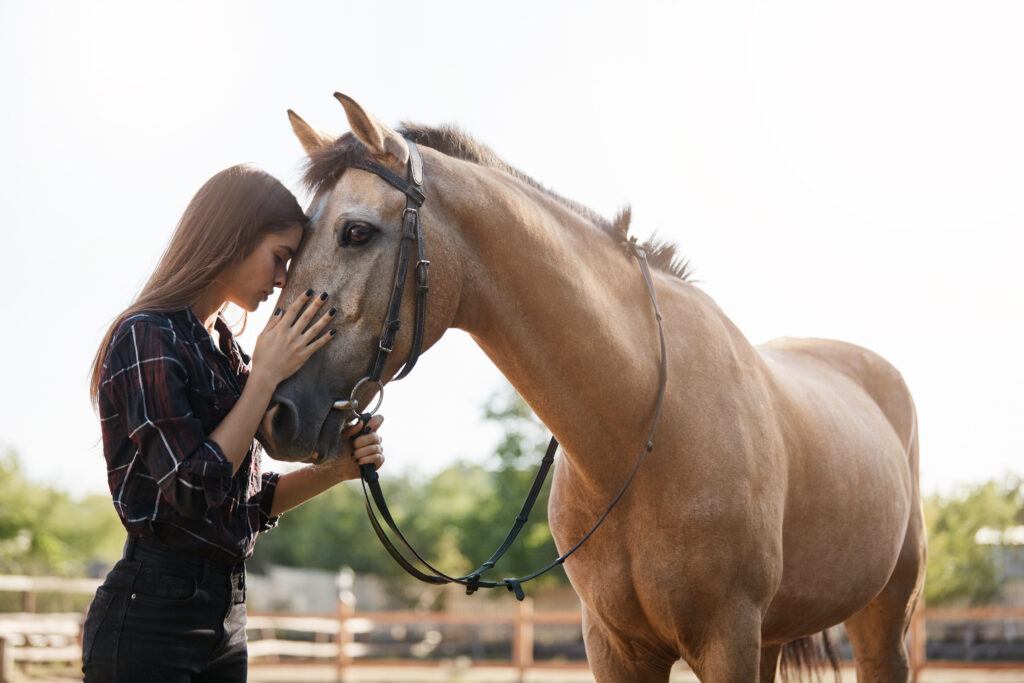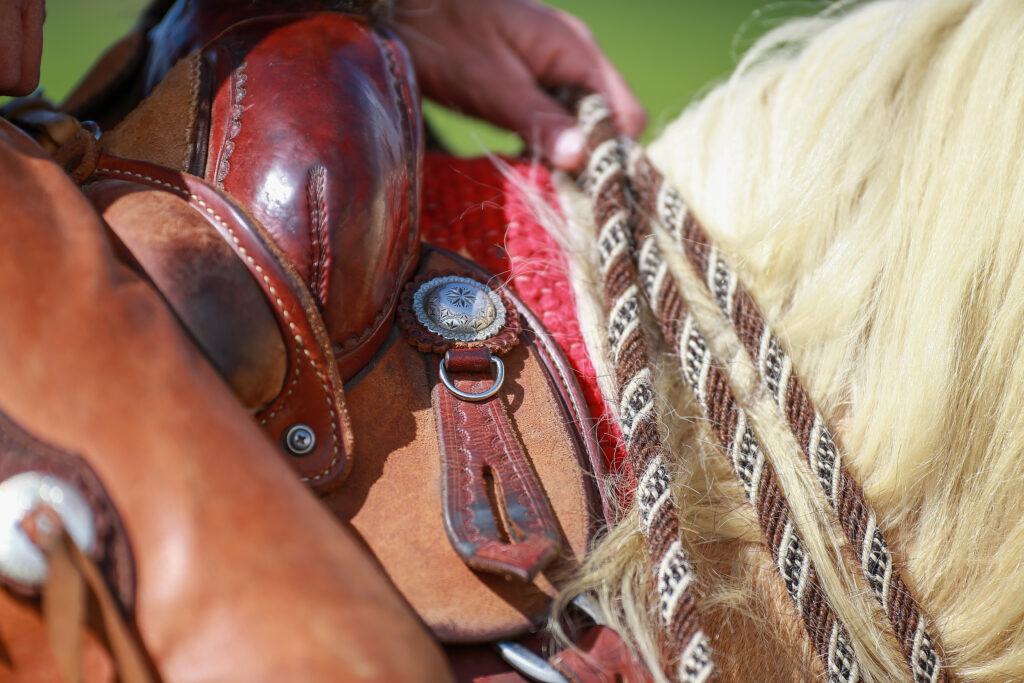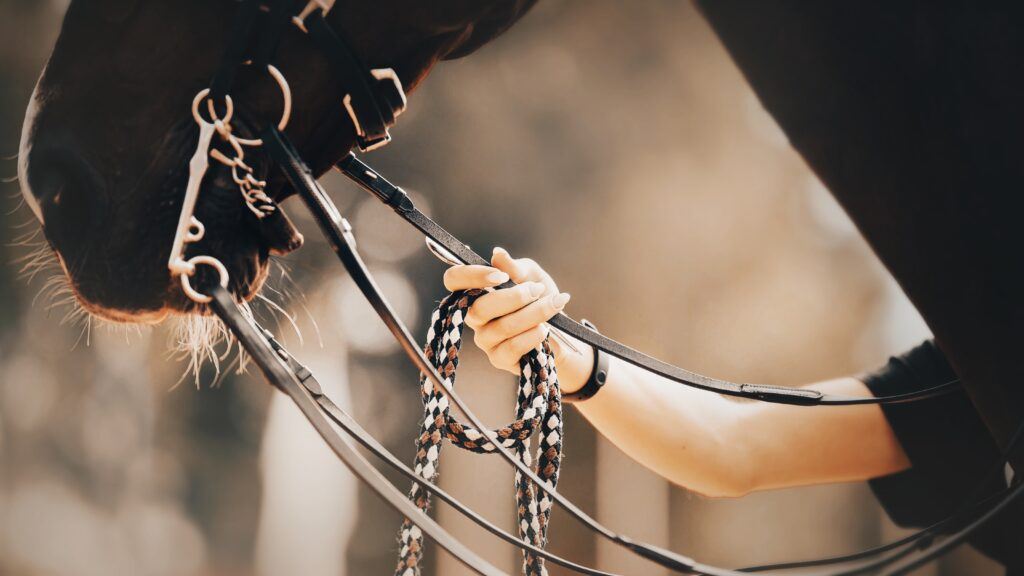Something people rarely prepare for, but should know before jumping in a saddle, is how to stop a horse from bucking. A bucking horse is a headache, no matter where you are. Speaking from an evolution standpoint, a buck was developed by horses to ward off predators. Since horses can’t see directly behind them, the buck is the only tool in their arsenal that’s a true weapon.
Why Horses Buck
When a rider is in a horse’s saddle, it’s generally agreed that bucking is an avoidance behavior. In this post I’ll give you tips on how to stop a horse from bucking.
Bucking is considered natural for a horse to buck when they’re playing in the pasture. However, it isn’t recommended due to injury risks. Because of this, bucking is a no-no in 99% of instances. But adding a human to the equation is a giant red flag that should be addressed.
How to Stop a Horse From Bucking
Tip# 1 – Look For Cues While In The Saddle
When you’re in the saddle, you need to look for cues that your horse will give off before the buck comes. They can’t just let a buck loose without exhibiting some body changes.
The easiest way to know a buck is coming is the horse’s head lowering. They have to throw their head forward and down so their weight will be shifted off the hindquarters. If you feel this, pull your horse’s reins to alternate pressure from one side to the next. This engages the horse’s head so they can’t drop it to buck.
How to Stop a Horse From Bucking
Tip# 2 – Pull Your Reins Tight to One Side
But the best-laid plans don’t guarantee success. Your horse may begin to buck and not stop.
If that happens, the best and easiest way to correct your horse is to pull your reins tight to one side or another. Make your horse’s nose touch your leg. No horse can buck in this position, and instead, it’ll force your horse to turn a tight circle.
Hold the horse like this until they stop moving altogether. This will also assert your dominance in the herd and let your horse know that bucking isn’t acceptable and it isn’t going to get rid of you.
Now, because you want to make sure they understand you mean business and that they aren’t going to get a vacation for their behavior, back your horse up a few paces. Once they do as you ask, move them forward again and resume your ride.
How to Stop a Horse From Bucking
Tip# 3 – Know Your Horse’s Personality
A bucking horse usually has a reason to make a buck necessary. Sometimes, horses buck to regain their balance. Often, horses will buck when they’re learning lead changes. That’s because cantering and loping are the easiest gaits to buck from.
Make sure your horse is healthy and examine the cues he or she is giving before you ask for the lead change again. This is where it helps to have a trainer or friend watch to see if the horse is off.
If nothing is wrong, the horse needs to be corrected and ridden consistently. You may have to start over to re-teach your horse the cues and what’s expected. Training a horse is not for the impatient.
Consider Poor Saddle Fit
Knowing your horse’s personality and physique will help treat his or her bucking best. A horse that continues to buck no matter what you do needs to be evaluated.
Does your tack fit correctly? Are you communicating your cues correctly? Is there an underlying health issue that a vet, a chiropractor, or a farrier needs to look at? These are all questions that should be answered. Oftentimes, a horse is trying to tell you something in the best way they know.
If you’ve exhausted all those efforts, your horse may be one that you just have to watch out for when you’re riding. Sometimes, those horses will calm down with consistent correction and work.
However long it takes, though, you shouldn’t lose your temper, and you want to be firm but fair in your corrections.
Was this post helpful? Your saddle could be part of the problem when trying learn how to stop a horse from bucking. Read my Horse Saddle Shop Review and see if your saddle may be the problem.




